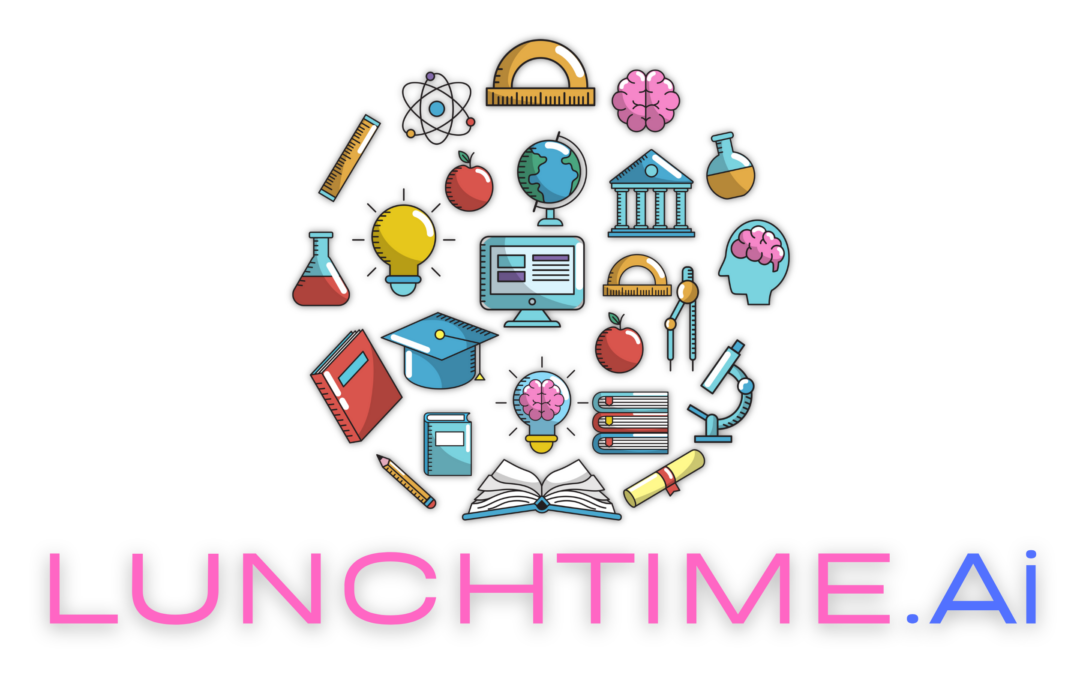
Lunchtime.AI: Learn Something New Every Day in Under 5 Minutes
The Following Content is Created by SUM, powered by ChatGPT, and is an Example of the Domain Name’s Potential Usage.
The Domain Name Featured is For Sale. Contact ***@*****vr.Ai“>ad***@*****vr.Ai to Make an Offer.
Lunchtime.AiLearn Something New Every Day in Under 5 Minutes
🌍 Overview
Busy schedule? Short attention span? Big curiosity? Lunchtime.AI is the AI-powered learning companion built for modern life. Designed to feed your brain while you feed your body (or take a break), it delivers engaging, high-impact knowledge in under 5 minutes a day.
Whether it’s science, history, tech, health, culture, or a random-but-fascinating fact, Lunchtime.AI curates daily micro-lessons tailored to your interests—making it effortless to build knowledge and spark curiosity in small, manageable doses.
Core Capabilities
🧠 Daily AI-Curated Knowledge Drops
-
AI selects one fresh, relevant, and fascinating topic each day.
-
Draws from trusted academic sources, trends, and human curiosity signals.
-
Designed to be under 500 words or 3–5 minutes of learning time.
🎧 Multimodal Microlearning Delivery
-
Choose to read, listen, or watch your daily brain snack.
-
Includes narrated audio, summary graphics, and quick quizzes.
-
Optimized for mobile, email, or smart speaker delivery.
🔍 Personalized Learning Themes
-
AI adapts to your interests, goals, and knowledge gaps.
-
Offers weekly themes (e.g., space week, psychology week).
-
Tracks your preferences and builds a knowledge map over time.
📊 Gamified Progress & Daily Streaks
-
Earn badges, track streaks, and compete with friends.
-
Set reminders to make learning a daily ritual.
-
Mini tests reinforce memory and boost engagement.
🌐 Global & Culturally Diverse Topics
-
Covers world knowledge, niche ideas, and cross-cultural facts.
-
Offers multilingual content to broaden reach and perspective.
-
Adds localized content based on user region or interests.
✅ Pros
✔️ Learn something valuable in just minutes a day
✔️ Personalized content keeps things fresh and engaging
✔️ Supports multiple formats: read, listen, or watch
✔️ Builds a daily habit of lifelong learning
🔮 Future of Lunchtime.AI
In a world of information overload, Lunchtime.AI will shape the future of microlearning with AI-powered curiosity engines, real-time trend-based lessons, and AI avatars for conversational knowledge delivery.
Final Verdict
⭐ Rating: 4.8/5
Lunchtime.AI makes learning so easy, fun, and fast—you’ll wonder how you ever lived without it. Whether you’re commuting, eating, or taking a break, it keeps your mind growing with just a few focused minutes.
With Lunchtime.AI, your smartest habit of the day takes less than 5 minutes.
Hashtags
#LunchtimeAi #Microlearning #DailyLearning #LearnIn5Minutes #SmartKnowledge #AIForCuriousMinds #BiteSizedEducation #AIInsights #LifelongLearningAI #QuickLearningAI
![]()
Logo ™ and © property of respective owners
The Domain Name Featured is For Sale. Contact ad***@*****vr.Ai to Make an Offer.




